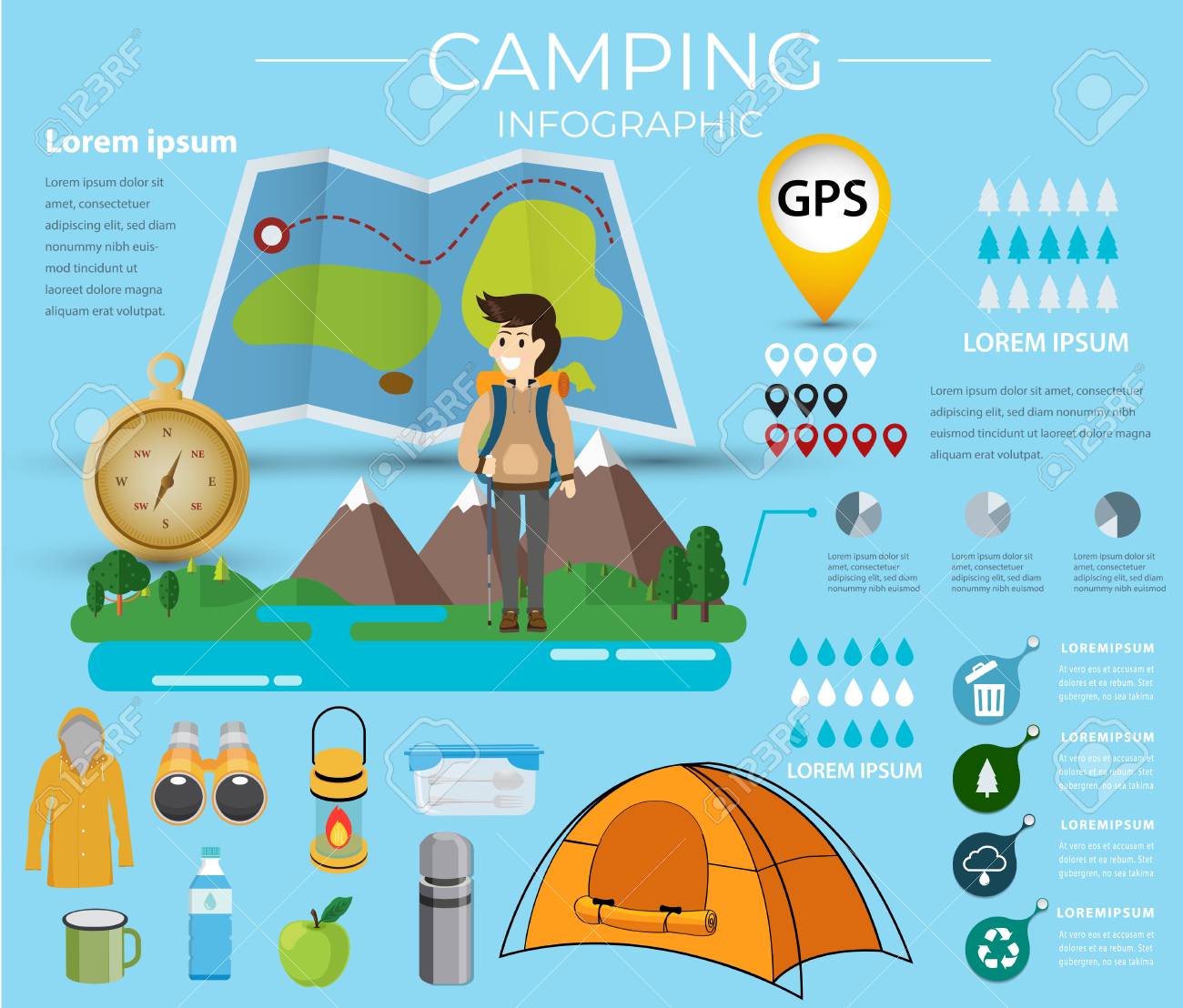Winter season outdoor camping is a fun and adventurous experience, yet it requires correct gear to ensure you remain warm. You'll require a close-fitting base layer to trap your body heat, in addition to a protecting coat and a water-proof shell.
You'll likewise require snow stakes (or deadman anchors) buried in the snow. These can be tied using Bob's smart knot or a regular taut-line hitch.
Pitch Your Tent
Winter outdoor camping can be an enjoyable and adventurous experience. Nonetheless, it is very important to have the correct gear and understand how to pitch your camping tent in snow. This will certainly protect against cold injuries like frostbite and hypothermia. It is likewise vital to eat well and remain hydrated.
When setting up camp, ensure to choose a website that is protected from the wind and free of avalanche risk. It is additionally an excellent idea to pack down the area around your outdoor tents, as this will help reduce sinking from temperature.
Prior to you established your outdoor tents, dig pits with the same size as each of the support factors (groundsheet rings and guy lines) in the center of the tent. Fill these pits with sand, stones or perhaps things sacks loaded with snow to portable and secure the ground. You may likewise intend to consider a dead-man anchor, which involves connecting camping tent lines to sticks of timber that are hidden in the snow.
Load Down the Location Around Your Tent
Although not a need in the majority of locations, snow stakes (also called deadman supports) are an excellent addition to your tent pitching set when outdoor camping in deep or pressed snow. They are basically sticks that are developed to be hidden in the snow, where they will certainly ice up and produce a solid anchor point. For finest outcomes, make use of a clover hitch knot on the top of the stick and bury it in a few inches of snow or sand.
Set Up Your Tent
If you're camping in snow, it is a good idea to make use of an outdoor tents created for winter season backpacking. 3-season tents function great if you are making camp below tree line and not anticipating specifically severe weather, yet 4-season camping tents have stronger poles and fabrics and provide more defense from wind and hefty snowfall.
Make certain to bring appropriate insulation for your sleeping bag and a cozy, completely dry blow up mat to sleep on. Inflatable mats are much warmer than foam and aid stop chilly spots in your outdoor tents. You can likewise include an additional floor covering for sitting or cooking.
It's additionally a great idea to establish your camping tent close to an all-natural wind block, such as a group of trees. This will certainly make your camp a lot more comfortable. If you can't locate a windbreak, you tent poles can produce your own by excavating holes and hiding objects, such as rocks, outdoor tents stakes, or "dead man" anchors (old camping tent man lines) with a shovel.
Restrain Your Tent
Snow risks aren't required if you use the appropriate methods to anchor your outdoor tents. Hidden sticks (perhaps gathered on your approach walk) and ski poles work well, as does some variation of a "deadman" buried in the snow. (The concept is to produce an anchor that is so strong you will not be able to draw it up, even with a great deal of effort.) Some suppliers make specialized dead-man anchors, but I like the simplicity of a taut-line drawback tied to a stick and afterwards buried in the snow.
Understand the terrain around your camp, particularly if there is avalanche danger. A branch that falls on your camping tent can damage it or, at worst, harm you. Also watch out for pitching your camping tent on an incline, which can trap wind and bring about collapse. A sheltered location with a low ridge or hill is far better than a steep gully.
